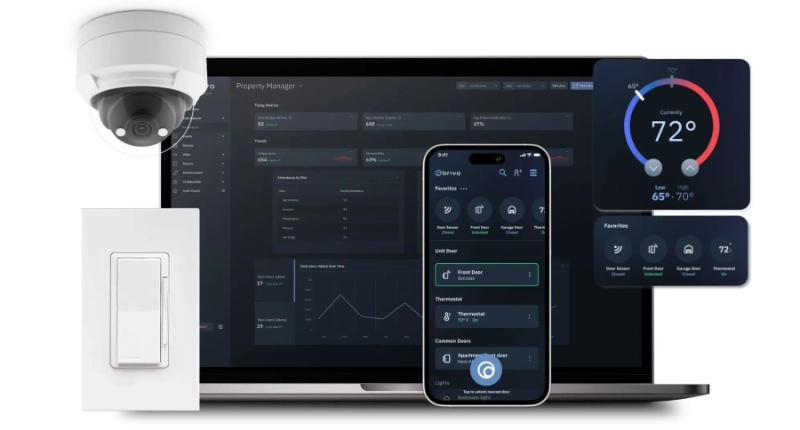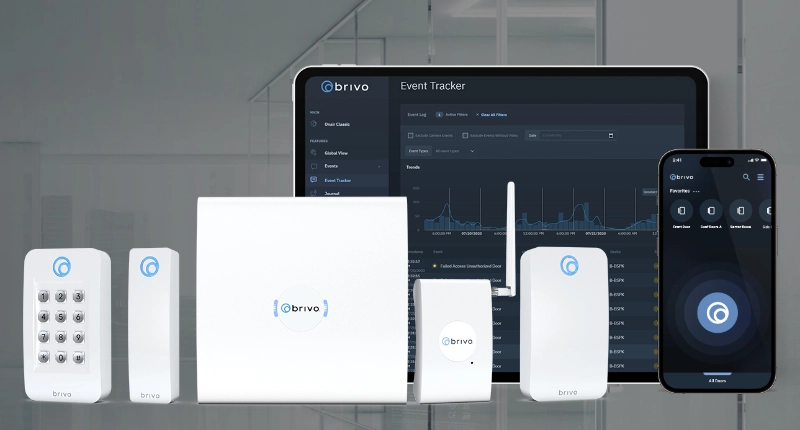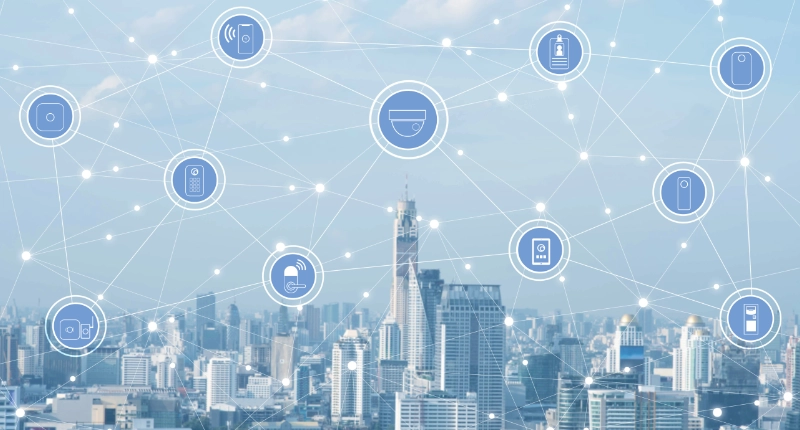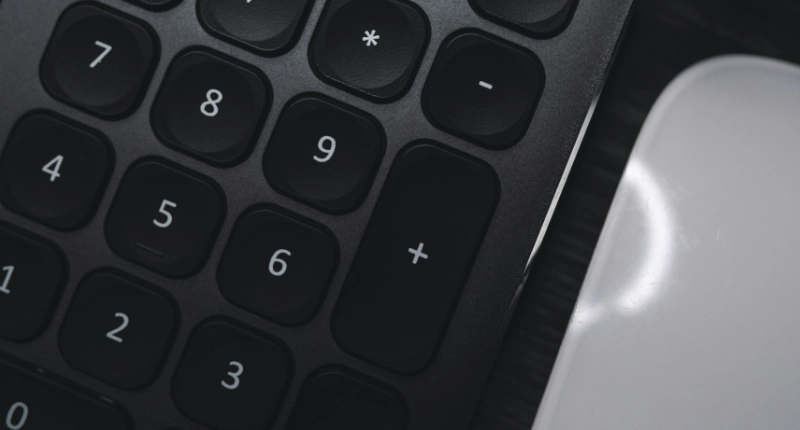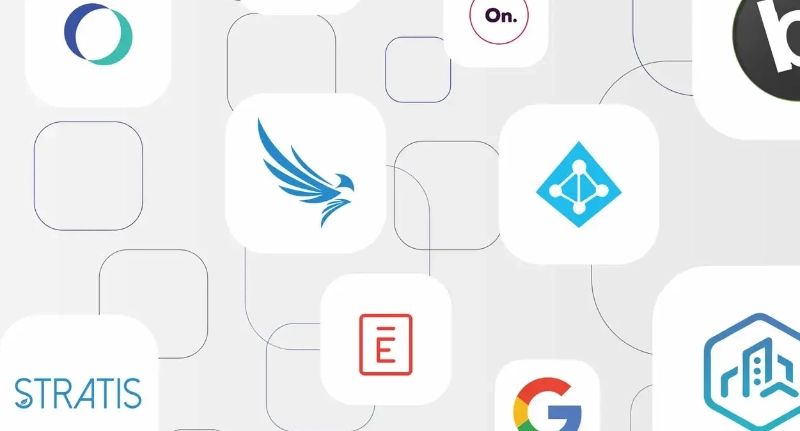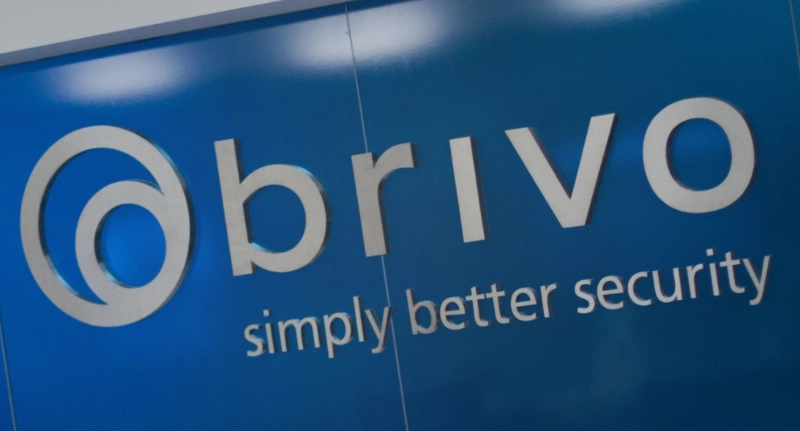Anyone who grew up in the United States sitting in front of the TV in the 1980s instantly recalls the catchphrase for the Yellow Pages phone directory: “Let your fingers do the walking.” As hard as it is to believe now, it touted the convenience of finding a business in a print directory without having to ask friends or drive around looking for one. Your fingers could instantly flip through the guide and find the right solution, be it a pool repair company, Italian restaurant, or pet shop. Your fingers would walk through the phone book where your only option was to call the company or service – no one had websites to turn to for information.
That world, full of landlines, paper phone books, rotary phones, looks almost quaint today. Everything is now digitized, miniaturized, mobile, and connected.
“Let your fingers do the walking” was groundbreaking 40 years ago. Today’s equivalent is, “let your building do the talking.” Just as consumers in the 1980s got to understand the convenience of printed business directories, so are facility owners and managers today just beginning to grasp the information provided by their buildings’ data. Multitudes of transactions can be captured, correlated, analyzed, and leveraged to create cost efficiencies, enhance visitor or tenant experience, and even generate revenue.
Consider access control. Cloud-based systems can capture successful and failed access attempts by person, door, department, time of day, access permission, building, campus, country, region, or so on. At the building level, the data might show what areas require less heating or cooling at certain times since they receive little traffic. Across a corporate campus, it might show where employees tend to prop open doors during break time, suggesting that security might wish to deploy an officer there at specific times. Across an entire organization, it might reveal which type of access control is most reliable and effective—say smart card versus mobile versus face recognition.
But data insights extend beyond individual organizations. Brivo gathers data from 72,000 buildings across over 40 countries and millions of users to track who is physically coming to work, be it an office, a factory, school, retail store, warehouse, or call center. As of March 11, 2022, Brivo reported that 65% of America has reopened—the percentage of unique access control users compared to just prior to COVID.
Brivo also breaks those numbers down by industry, facility type, city, and other factors. Organizations use that data to make critical business decisions. For example, the Downtown Austin Alliance tracks door “unlocks” to gauge the return of workers to Texas’s capital city. The Downtown Austin Alliance provides data so that businesses that rely on workers coming downtown—hair salons, gyms, restaurants, dry cleaners, theaters—can adjust hours, staffing, and offerings.
Similarly, a financial services company uses Brivo data to advise investors in the corporate travel space. By analyzing the percentage change in daily active access control users by factors such as city, state, and industry—as well as the pandemic’s impact on daily commercial property usage—the company helps its clients tailor their investments.
Confining building data to access control is like letting your fingers do the walking through an old Yellow Pages phone book – outdated. Today’s smart buildings are filled with sources of lucrative data. On the security side, video surveillance, alarm systems, intrusion sensors, and other tools yield abundant information. Beyond that, the data sources are practically innumerable: HVAC systems, electricity use, air quality, humidity, occupancy, room use, maintenance requests, parking, and so on. As the sources increase, the possible insights increase logarithmically. We are just starting the age of big building data.
Your building is talking. Are you listening?



